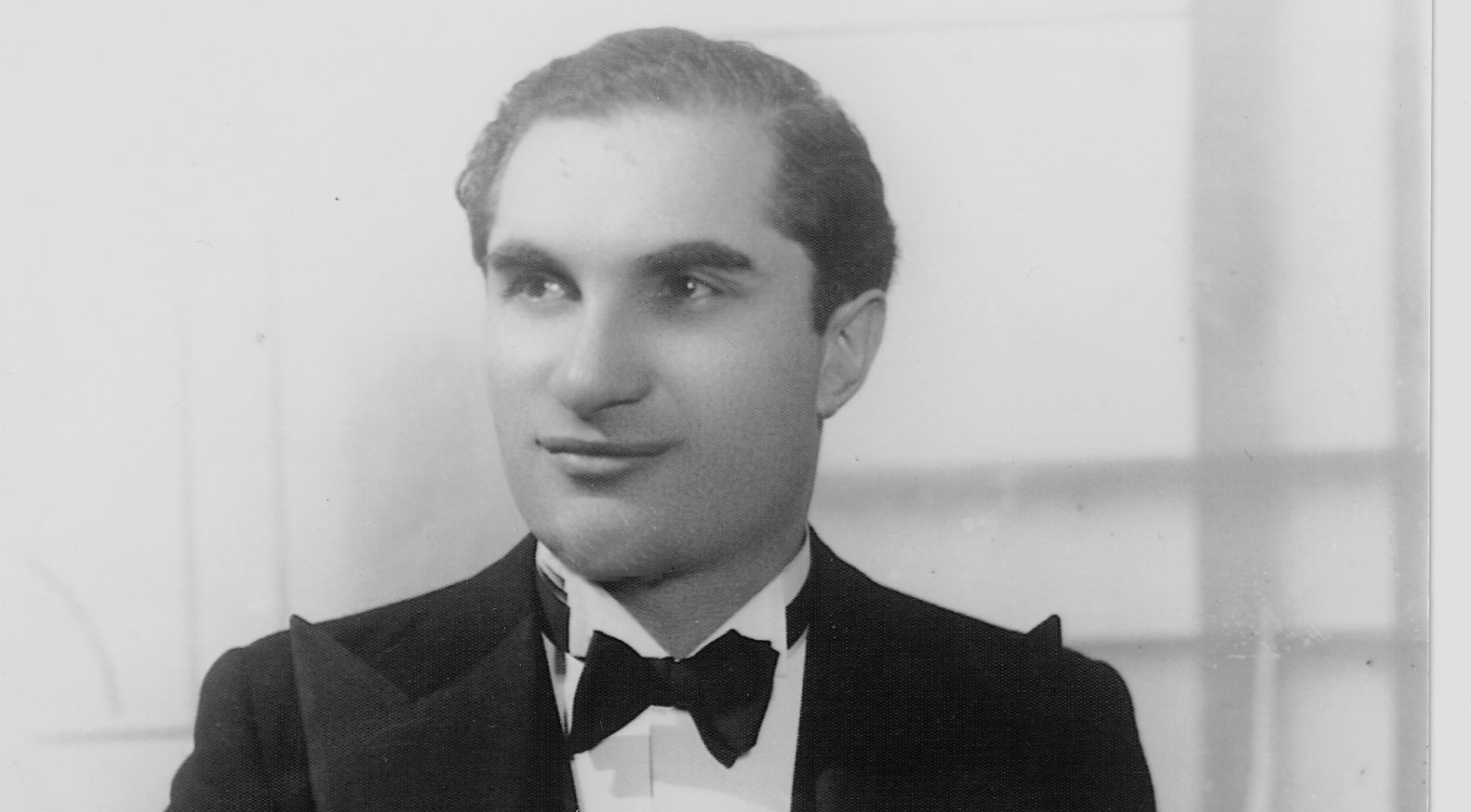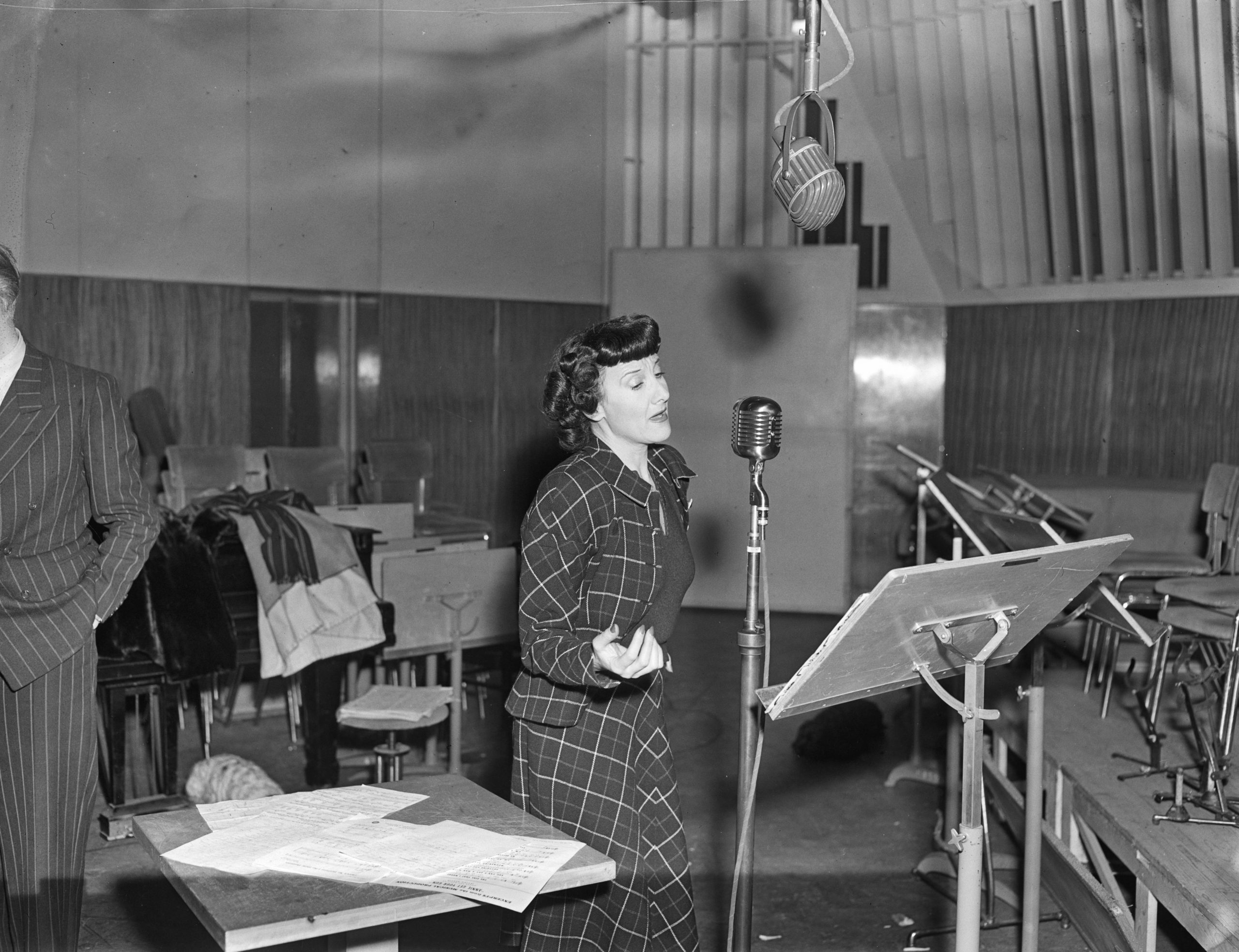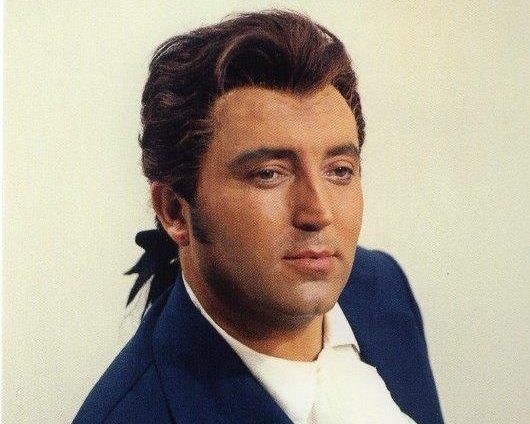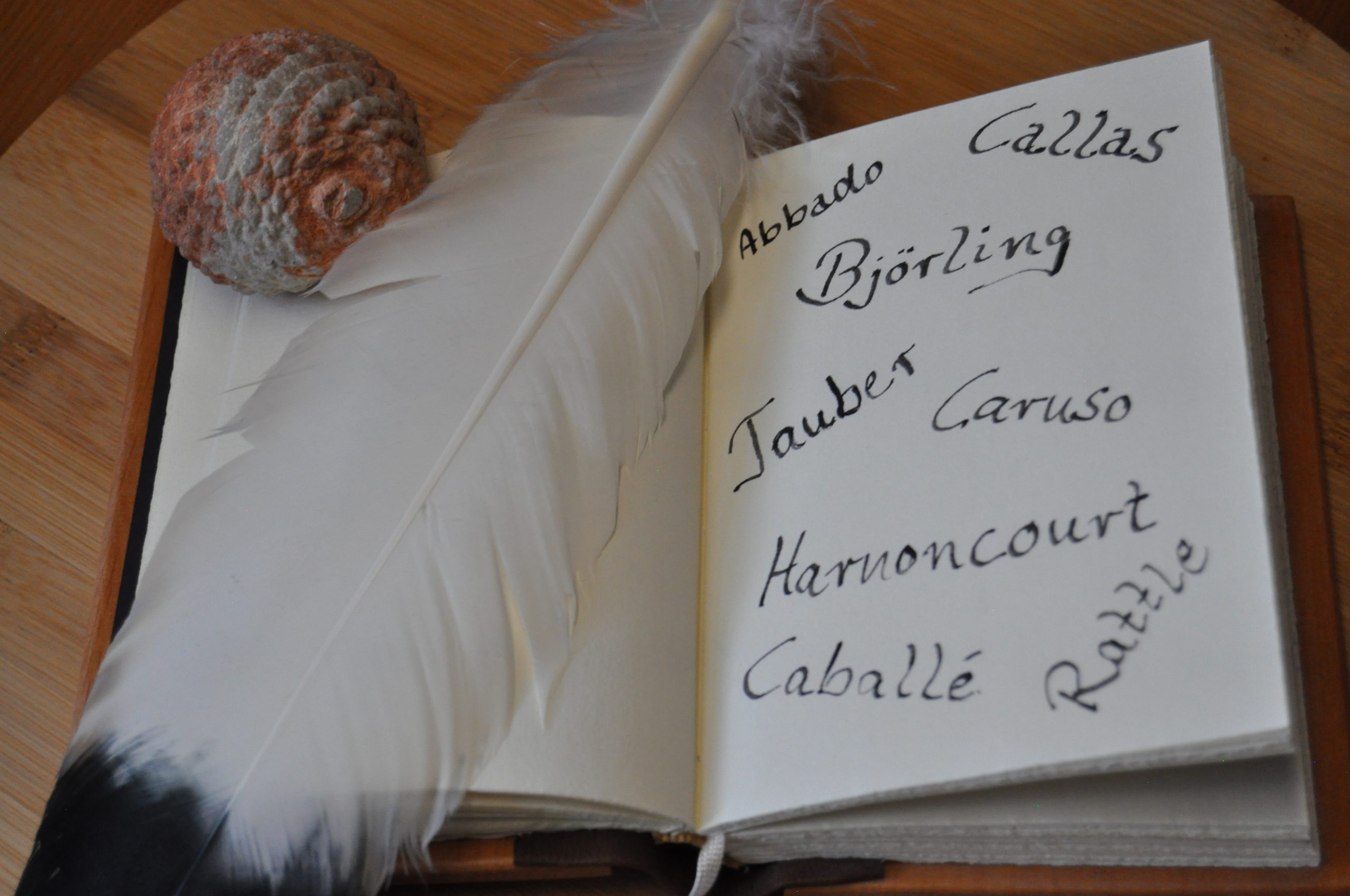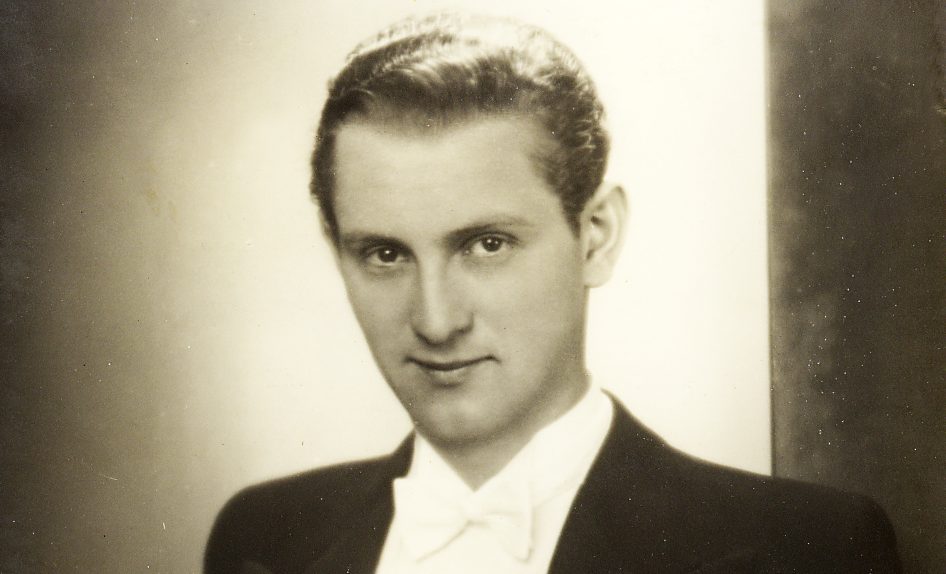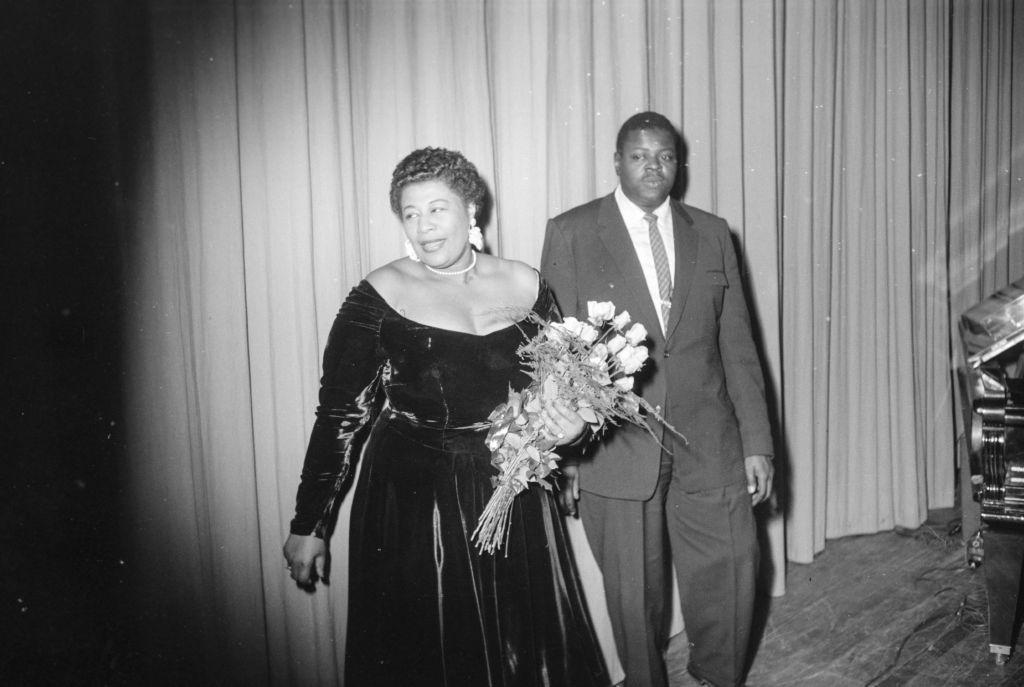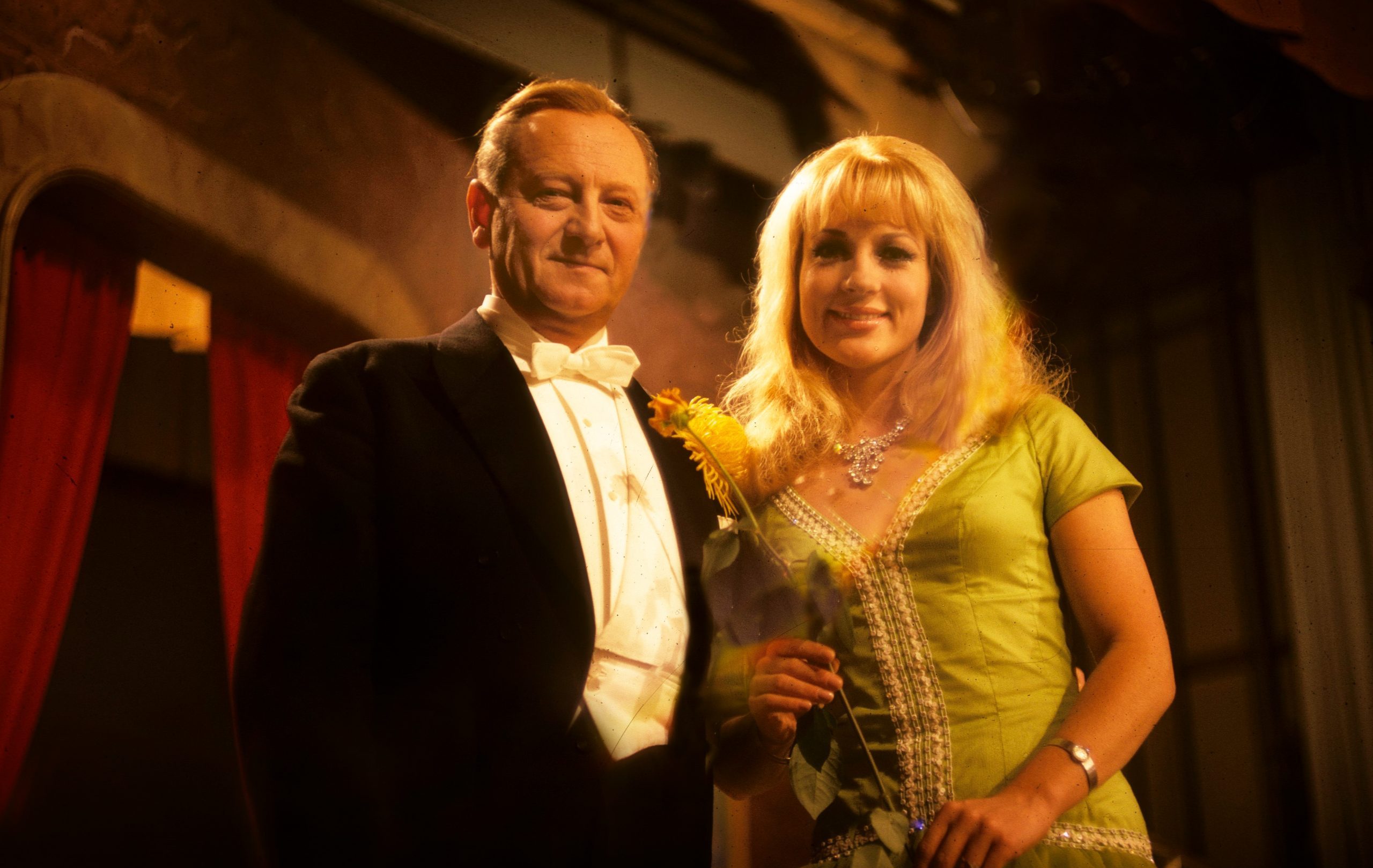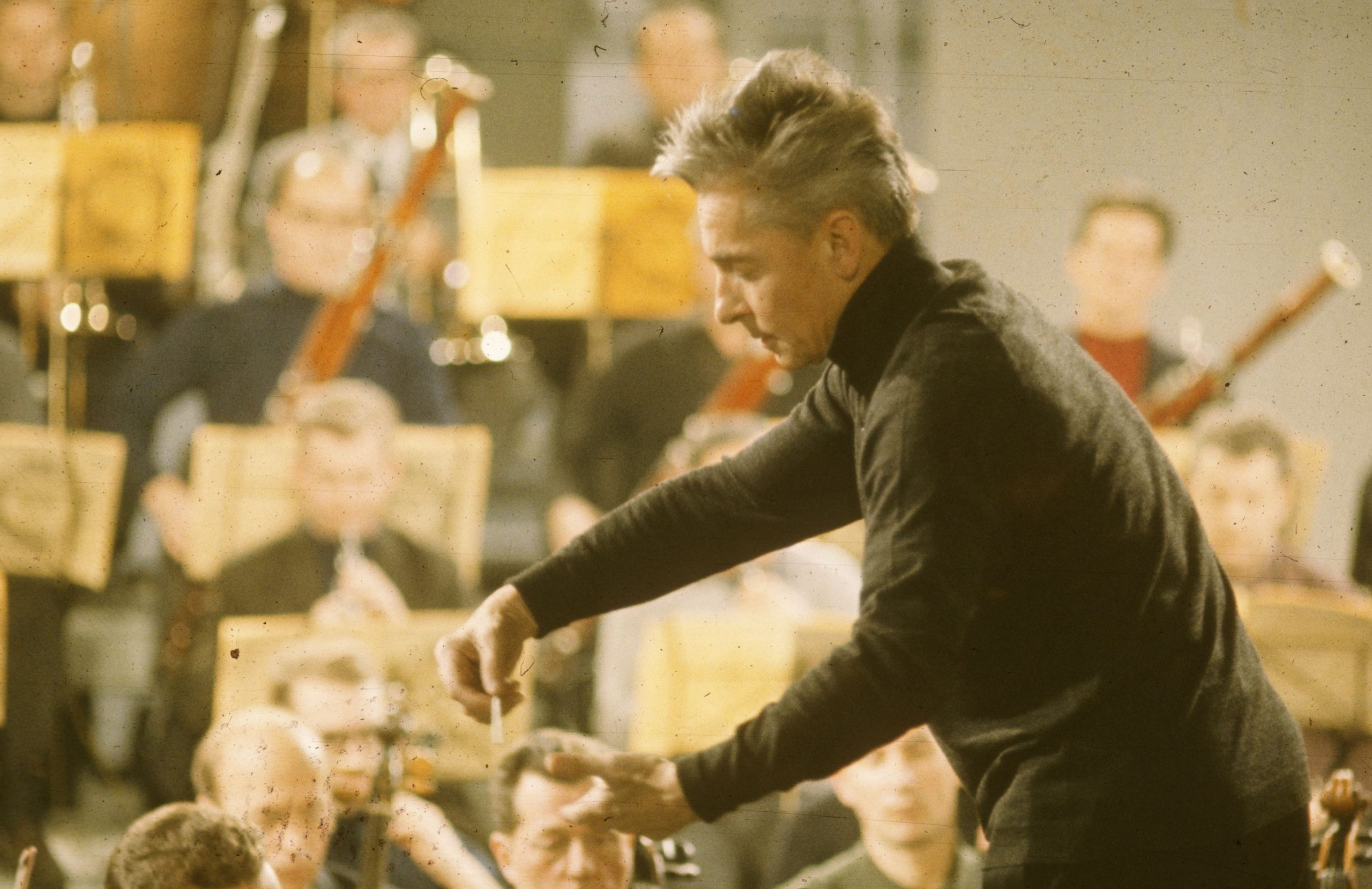In the course of his short life, he released just two albums as a solo artist, but with these albums he influenced country music like no other musician before him. It is said that Gram Parsons built a bridge between traditional country music and the emerging rock music movement in the sixties and seventies.
Despite his short time on the American music stage, Gram Parsons is considered one of the most influential musicians of the 20th century: born into a wealthy Southern family, he had no material worries, but the family was troubled by emotional turmoil.
In his early teens, Gram Parsons began to play the guitar. His father, who was the owner of a packaging factory, had the status of a local celebrity: as a side job he sang country songs. The fascination with country music ran in Gram Parsons’ family, so to speak, even if he could hardly relate to his family: Parsons lost both parents at a young age.
The combination of elements of rock’n roll and folk music produced exactly the musical cocktail that later made him so famous.
The musical cocktail
When Gram Parsons was a teenager, Elvis Presley was undeniably one of his great idols: The rock’n roll movement that emerged in the fifties had a great influence on Gram Parsons’ musical development. The combination of elements of rock’n roll and folk music produced exactly the musical cocktail that later made him so famous. Folk music has a long tradition in the southern states, where Parsons originally came from. The country genre, to which Parsons’ music is assigned, is an offshoot of folk music.
The posthumous success of Parsons’ music was instrumental in bringing country music to its current status: Other country singers such as Emmylou Harris or Nanci Griffith honour Gram Parsons’ musical legacy by using stylistic elements from Parsons’ music.
Harvard – for four months
His family’s status enabled him to attend Harvard. He didn’t take a degree from Harvard with him, but friendships: he met the future members of his band The International Submarine Band there.
After only four months, Gram Parsons left Harvard again and moved to New York City with his band. The band became known there for playing a special kind of rock music: The band’s repertoire stood out from other bands in the way that they also played modern country songs. This not only appealed to the younger audience: Older generations, who were still completely unfamiliar with rock’n’roll, could also relate to the music, since the band used stylistic elements of country music.
The Byrds and Flying Burrito Brothers
From 1967 to 1968, Gram Parsons was a member of the US folk and country rock band The Byrds for several months. It is partly due to Gram Parsons’ influence that The Byrds developed more in the direction of folk music rather than rock music over time.
Parsons’ break with the Byrds was apparently due to the fact that he did not want to accompany the band on a tour through South Africa: Parsons’ next career stop was in California, where he immediately founded the next band – the Flying Burrito Brothers.
While Parsons was a member of the band, the band released two albums: to this day, both albums are prime examples of a fusion of country music with more “youthful” musical styles such as rock’n roll. Country music in the fifties and sixties always had the reputation of being listened to mainly by older music connoisseurs and was therefore considered less interesting for a young target group. The band Flying Burrito Brothers proved the opposite: it was quite possible to appeal to a young target group with country music. This was not only important for the musician, but also for the record label: many labels realised at the end of the sixties that it was possible to achieve success not only with pop music, which was considered guaranteed success. From then on, country music played a role in the economic considerations of many record labels.
Parsons looked for ways to link country music, which was rich in tradition, with the pop music that was in demand at the time.
Rolling Stones
But not every country singer was able to think outside the box and open up to other genres: What was special about Gram Parsons was that he dealt with current music movements and looked for ways to link country music, which was rich in tradition, with the pop music that was in demand at the time.
In 1970, he met Mick Jagger and Keith Richards of the Rolling Stones: Parsons not only had a decisive influence on the Rolling Stones’ work, he gave them an entire song.
Forty years after Parsons’ death, Mick Jagger’s brother remarked that Parsons wrote Wild Horses, a big hit for the Rolling Stones. The Flying Burrito Brothers released the song Wild Horses even before the Rolling Stones: if one listens carefully, one will also recognise Gram Parsons’ handwriting in the song.
Solo career
In the early seventies, Gram Parsons realised that he could also be successful as a solo artist: During his lifetime, however, he could only witness the release of one album, his debut GP. His second album Grievous Angel, which includes the duet Love Hurts with Emmylou Harris, was only released after his death.
Gram Parsons collaborated with Emmylou Harris for both albums: Before Harris found access to the music business through her collaboration with Parsons, she sang in an ominous folk bar in Washington, D.C. Harris’ and Parsons’ voices harmonised in a unique way: This was reflected in numerous duets.
Harris once said of her friend Parsons that he was misunderstood. He played too much country for the rockers, but on the other hand he didn’t fit into the establishment of the “capital of country music”, Nashville, either. Emmylou Harris felt obliged to continue Parsons’ work after his death.
Gram Parsons’ death is part of the legend that developed around his person.
Brandon deWilde
In the mid-sixties, film actor Brandon deWilde (1942 – 1972) had hopes of getting into the music business: He asked his friend Gram Parsons if he could help him. The two recorded the song Hickory Wind (1965) together: DeWilde and Parsons had a unique harmony as a duo that was later only matched by the Harris-Parsons duo. After Brandon deWilde died in a traffic accident in 1972, Gram Parsons dedicated the first verse of his song In My Hour of Darkness to his friend deWilde, alluding to the fatal traffic accident.
Gram Parsons’ death is part of the legend that developed around his person: After his death on 19 September 1973, his manager and closest friends followed the instruction he had once given them: his body was to be cremated. After his friends first had to steal Parsons’ body, it turned out that his friends were not professionals in such matters: The attempt to burn Parsons’ dead body in the Californian desert failed miserably. In the end, Parsons’ remains – that is, what was left after the failed cremation attempt – were buried in Louisiana.
Ambassador of country music
In the years following his death, a myth developed around Gram Parsons and his music: after his death, his style of music was more successful than during his lifetime. Although he “only” released two albums as a solo artist, he paved the way for many other country and folk musicians: Many country singers profited well after Parsons’ death from the fact that country and rock’n roll were no longer opposites since the music phenomenon Gram Parsons. With Gram Parsons as an ambassador, country music had made the leap into the modern music world and was listened to not only by older generations, but also by younger music listeners who were usually only interested in the pop music of the day.
With the numerous myths and stories that developed around his death, Gram Parsons still provides plenty to talk about today: Gram Parsons was a musician who, despite his short life of just 26 years, wrote music history like rarely any musician before him.
Cover picture: © Simon von Ludwig
Gram Parsons’ entry at the encyclopaedia musicianguide.com, among others, served as a source

 Deutsch
Deutsch